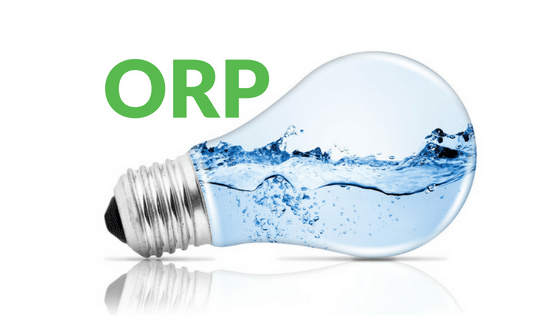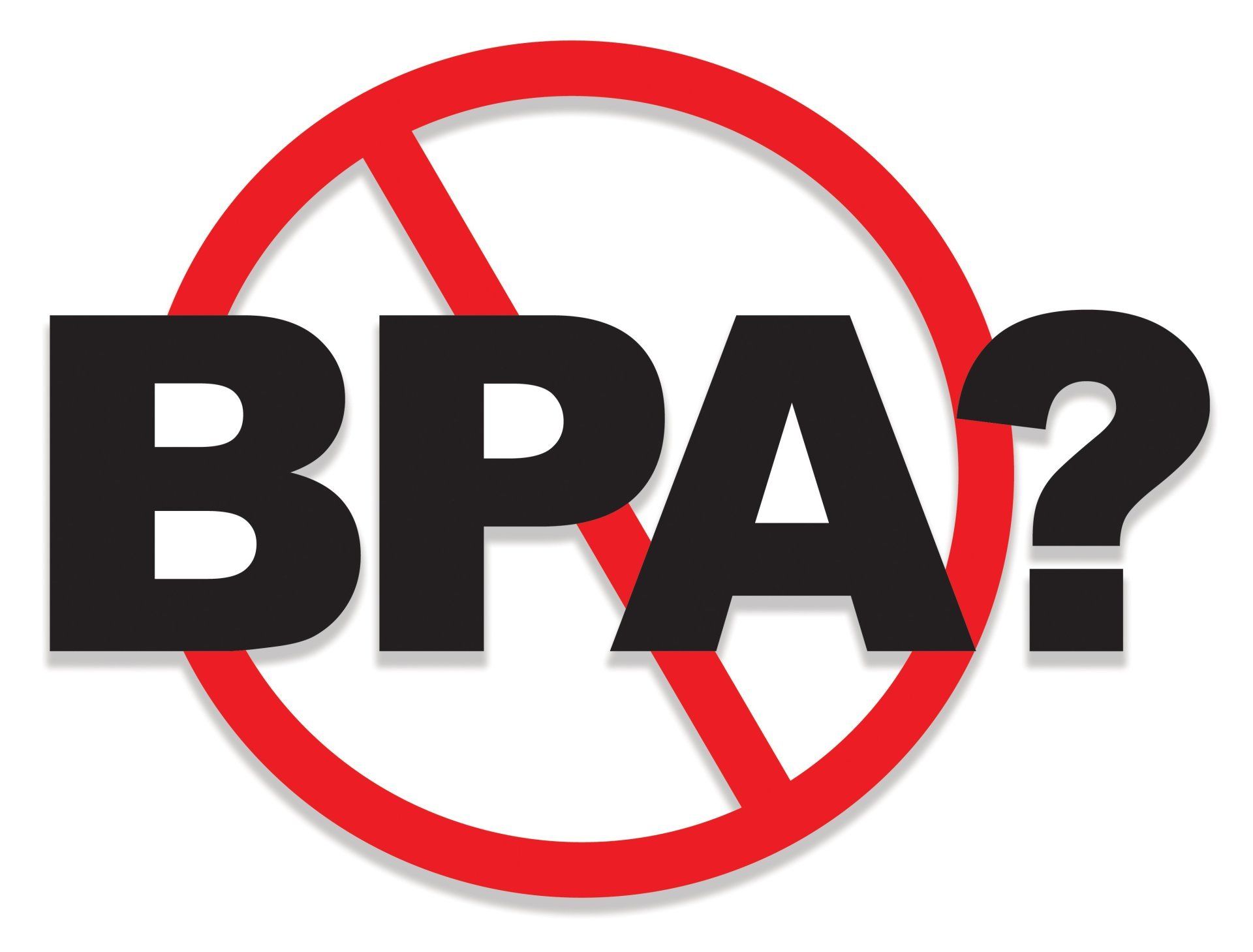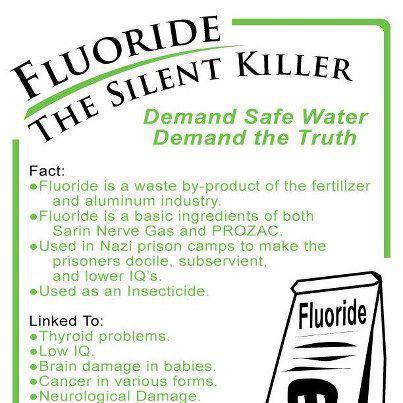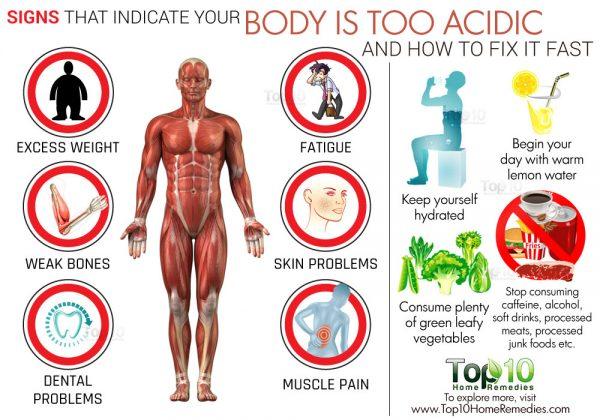Truth About Our Environment & Water.
- By Robert Staats
- •
- 15 Aug, 2017
- •
Are there really drugs in my tap water?

How do these drugs actually get into your drinking water? You’ll be sorry you asked! When people take pills their bodies can only absorb a small portion of the medication and the rest are passed through the body and released through urine. Some people also flush expired medication down the toilet instead of disposing them properly. This waste water is then treated by the city before it is discharged into reservoirs, rivers or lakes. Eventually the same water will be cleansed again and recycled back into our tap water supply. Unfortunately most city water treatments do not remove all traces of drug residues, which mean that people need to protect themselves by looking into home water filter systems which can remove pharmaceutical drugs. The AP has mentioned reverse osmosis as a water filtration solution that removes virtually all pharmaceutical contaminants.
Can we depend on bottled water then?
The fact is that bottled water sold in the United States is not always filtered and not necessarily cleaner or safer than most tap water, according to a four-year scientific study recently made public by the Natural Resources Defense Council (NRDC). The NRDC's study included testing of more than 1,000 bottles of 103 brands of bottled water. While most of the tested waters were found to be of high quality, some brands were significantly contaminated. About one-third of the waters tested contained levels of contamination including synthetic organic chemicals, bacteria, and arsenic(at least one sample exceeded allowable limits under either state or bottled water industry standards or guidelines). In fact, about a quarter of all bottled water is actually bottled tap water
, according to government and industry estimates (some estimates go as high as 40 percent).
Protect your family's health and future with a High Quality Water Filter.
A good water filter is the best and maybe the only solution nowadays. You can install and maintain the filters yourself and can ensure and feel safe about the water which you and your family drink. Just make sure the filter you choose removes the most spectrum of contaminants. Usually a professional filtration system worth invest-in is a 4 to 5 stage water purifier system. Each stage will remove certain types of contaminants, and all stages combined should protect you from just about every contaminant. A reverse osmosis water filter with and activated carbon pre-filter plus a natural mineral cartridge, is what we believe to be the most thorough and cost effective way to purify drinking water. Such a system will pay for itself within half a year
and can last 10-15 years with easy annual filter changes. You will be able to save money, protect the environment and provide healthier drinking water for your family by simply installing a quality water filtration system.
Remember it is never too late for you to start making a change in your life to improve your health and to benefit others. We believe that water has the power to soothe, rejuvenate and heal the human body and spirit. May the gift of clean water always provide you and your loved ones with great health and happiness!
What really happened to our tap and underground water sources?
According to research articles and news, most tap and well water in the U.S. now are not safe for drinking due to heavy industrial and environmental pollution. We have reached to a point that, all sources of our drinking water, including municipal water systems, wells, lakes, rivers, and even glaciers, contain some level of contamination. Contaminants range from naturally-occurring minerals to man-made chemicals and by-products. While many contaminants are found at levels not enough not to cause immediate discomforts or sicknesses , it is proven that even low-level exposure to many common contaminants will, over time, cause severe illness including liver damage, cancer, and other serious ailments. Even the chemicals commonly used to treat municipal water supplies such as chlorine
and fluoride
are toxic and are known to have significant adverse effects on the human body.
Is environmental water quality really a major concern?
Environmental water contamination is the leading worldwide cause of death and disease and it adversely affects over 1 billion people every day in developing countries. Even here in the United States we often struggle with water pollution caused by natural disasters and human activities. A recent national report on our water quality revealed that 45% of assessed stream miles, 47% of assessed lake acres, and 32% of assessed bays square miles were classified as polluted. Ground and well water sources may also become contaminated due to the problems associated with industrial dumping, hydraulic fracking, and agricultural byproducts.
It is easy to see why water pollution is a major problem for the animals and plants which live in those ecosystems, but the truth is it also negatively affects people. These same contaminated water sources are also where we get our seafood, where we swim and play, and even where our tap water is drawn from. While tap water is treated thoroughly to reduce pollution, some contaminants may still remain including heavy metals, chemicals, microbes, and pharmaceuticals drugs. Everyone who uses tap or well water will be exposed to some level of these contaminants every day.
Fecal Coliform and E coli
- are bacteria whose presence indicate that the water may be contaminated with human or animal wastes. Microbes in these wastes can cause short-term effects, such as diarrhea, cramps, nausea, headaches, or other symptoms.
Cryptosporidium - is a parasite that enters lakes and rivers through sewage and animal waste. This microbe has an outer shell that allows it to survive outside the body for long periods of time which makes it tolerant to many chlorine disinfectants. It causes cryptosporidiosis, a mild gastrointestinal disease. However, the disease can be severe or fatal for people with severely weakened immune systems. EPA and CDC have prepared advice for those with severely compromised immune systems who are concerned about Cryptosporidium.
Giardia Lamblia - is a parasite that enters lakes and rivers through sewage and animal waste. It causes gastrointestinal illness (e.g. diarrhea, vomiting, cramps). Giardia, like cryptosporidium, can survive long periods of time outside the body and is also difficult to treat with just basic chlorine disinfectants.
Coliform - bacteria are common in the environment and are generally not harmful. However, the presence of these bacteria in drinking water is usually a result of a problem with the treatment system or the pipes which distribute water. This indicates that the water may be contaminated with germs that can cause disease.
Turbidity - has no health effects. However, turbidity can interfere with disinfection because the particles can act as shields for viruses and bacteria and provide a medium for microbial growth. Turbidity may indicate the presence of disease causing organisms. These organisms include bacteria, viruses, and parasites that can cause symptoms such as nausea, cramps, diarrhea, and associated headaches.
Inorganic Contaminants
Arsenic - is a highly toxic heavy metal. Some people who drink water containing arsenic in excess of EPA's standard over many years could experience a wide range of serious problems. Health concerns include damage to the bladder, lungs, heart, kidney and liver. Arsenic can also harm the central & peripheral nervous system and circulatory system. Arsenic exposure has been linked to several types of cancers.
Fluoride - Many communities add fluoride to their drinking water to promote dental health. Each community makes its own decision about whether or not to add fluoride. EPA has set an enforceable drinking water standard for fluoride of 4 mg/L (some people who drink water containing fluoride in excess of this level over many years could get bone disease, including pain and tenderness of the bones). EPA has also set a secondary fluoride standard of 2 mg/L to protect against dental fluorosis.
Dental Fluorosis - in its moderate or severe forms, may result in a brown staining and/or pitting of the permanent teeth. This problem occurs only in developing teeth, before they erupt from the gums. Children under nine should not drink water that has more than 2 mg/L of fluoride.
Lead - typically leaches into water from plumbing in older buildings. Lead pipes and plumbing fittings have been banned since August 1998. Children and pregnant women are most susceptible to lead health risks. For advice on avoiding lead, see the how to remove lead in your drinking water fact sheet prepared by EPA.
Many water suppliers add a disinfectant to drinking water to kill germs such as giardia and e coli. Especially after heavy rainstorms, your water system may add more disinfectant to guarantee that these germs are killed.
Disinfectants
Chlorine - Some people who use drinking water containing chlorine in excess of EPA's standard could experience irritating effects to their eyes and nose as well as stomach discomfort.
Chloramines - are most commonly formed when chlorine and ammonia are added together to treat drinking water. Water that contains chloramines is usually safe as long as it meets EPA regulations. However, some people who are exposed to chloramines in excess of EPA's standard may experience irritating effects to their eyes, nose and stomach.
Chlorine Dioxide - is a water additive used to control taste and odor in water. Some infants and young children who drink water containing chlorine dioxide in excess of EPA's standard could experience nervous system effects as well as anemia. Similar effects may occur in fetuses of pregnant women who drink water containing chlorine dioxide in excess of EPA's standard.
Disinfection Byproducts - form when disinfectants added to drinking water to kill germs react with naturally-occuring organic matter in water.
Total Trihalomethanes - Some people who drink water containing trihalomethanes in excess of EPA's standard over many years may experience problems with their liver, kidneys, or central nervous systems, and may have an increased risk of getting cancer.
Haloacetic Acids - Some people who drink water containing haloacetic acids in excess of EPA's standard over many years may have an increased risk of getting cancer.
Bromate - Some people who drink water containing bromate in excess of EPA's standard over many years may have an increased risk of getting cancer.
Chlorite - Some infants and young children who drink water containing chlorite in excess of EPA's standard could experience nervous system effects as well as anemia. Similar effects may occur in fetuses of pregnant women who drink water containing chlorite in excess of EPA's standard.
Cryptosporidium - is a parasite that enters lakes and rivers through sewage and animal waste. This microbe has an outer shell that allows it to survive outside the body for long periods of time which makes it tolerant to many chlorine disinfectants. It causes cryptosporidiosis, a mild gastrointestinal disease. However, the disease can be severe or fatal for people with severely weakened immune systems. EPA and CDC have prepared advice for those with severely compromised immune systems who are concerned about Cryptosporidium.
Giardia Lamblia - is a parasite that enters lakes and rivers through sewage and animal waste. It causes gastrointestinal illness (e.g. diarrhea, vomiting, cramps). Giardia, like cryptosporidium, can survive long periods of time outside the body and is also difficult to treat with just basic chlorine disinfectants.
Coliform - bacteria are common in the environment and are generally not harmful. However, the presence of these bacteria in drinking water is usually a result of a problem with the treatment system or the pipes which distribute water. This indicates that the water may be contaminated with germs that can cause disease.
Turbidity - has no health effects. However, turbidity can interfere with disinfection because the particles can act as shields for viruses and bacteria and provide a medium for microbial growth. Turbidity may indicate the presence of disease causing organisms. These organisms include bacteria, viruses, and parasites that can cause symptoms such as nausea, cramps, diarrhea, and associated headaches.
Inorganic Contaminants
Arsenic - is a highly toxic heavy metal. Some people who drink water containing arsenic in excess of EPA's standard over many years could experience a wide range of serious problems. Health concerns include damage to the bladder, lungs, heart, kidney and liver. Arsenic can also harm the central & peripheral nervous system and circulatory system. Arsenic exposure has been linked to several types of cancers.
Fluoride - Many communities add fluoride to their drinking water to promote dental health. Each community makes its own decision about whether or not to add fluoride. EPA has set an enforceable drinking water standard for fluoride of 4 mg/L (some people who drink water containing fluoride in excess of this level over many years could get bone disease, including pain and tenderness of the bones). EPA has also set a secondary fluoride standard of 2 mg/L to protect against dental fluorosis.
Dental Fluorosis - in its moderate or severe forms, may result in a brown staining and/or pitting of the permanent teeth. This problem occurs only in developing teeth, before they erupt from the gums. Children under nine should not drink water that has more than 2 mg/L of fluoride.
Lead - typically leaches into water from plumbing in older buildings. Lead pipes and plumbing fittings have been banned since August 1998. Children and pregnant women are most susceptible to lead health risks. For advice on avoiding lead, see the how to remove lead in your drinking water fact sheet prepared by EPA.
Many water suppliers add a disinfectant to drinking water to kill germs such as giardia and e coli. Especially after heavy rainstorms, your water system may add more disinfectant to guarantee that these germs are killed.
Disinfectants
Chlorine - Some people who use drinking water containing chlorine in excess of EPA's standard could experience irritating effects to their eyes and nose as well as stomach discomfort.
Chloramines - are most commonly formed when chlorine and ammonia are added together to treat drinking water. Water that contains chloramines is usually safe as long as it meets EPA regulations. However, some people who are exposed to chloramines in excess of EPA's standard may experience irritating effects to their eyes, nose and stomach.
Chlorine Dioxide - is a water additive used to control taste and odor in water. Some infants and young children who drink water containing chlorine dioxide in excess of EPA's standard could experience nervous system effects as well as anemia. Similar effects may occur in fetuses of pregnant women who drink water containing chlorine dioxide in excess of EPA's standard.
Disinfection Byproducts - form when disinfectants added to drinking water to kill germs react with naturally-occuring organic matter in water.
Total Trihalomethanes - Some people who drink water containing trihalomethanes in excess of EPA's standard over many years may experience problems with their liver, kidneys, or central nervous systems, and may have an increased risk of getting cancer.
Haloacetic Acids - Some people who drink water containing haloacetic acids in excess of EPA's standard over many years may have an increased risk of getting cancer.
Bromate - Some people who drink water containing bromate in excess of EPA's standard over many years may have an increased risk of getting cancer.
Chlorite - Some infants and young children who drink water containing chlorite in excess of EPA's standard could experience nervous system effects as well as anemia. Similar effects may occur in fetuses of pregnant women who drink water containing chlorite in excess of EPA's standard.
Alkalinity Why Alkaline? Alkaline Q&A Acidity Self-Test
Proper Health starts with the correct acid-alkaline balance in your body. That’s why an Reverse Osmosis Alkaline Water filter system is so important. The pH level (acid - alkaline measurement) of our internal fluids affects every cell in our bodies. Extended acid imbalances of any kind can overwhelm your body, and lead to health complications.
Just as the body regulates its temperature in a rigid manner, so will it manage to preserve a very narrow pH range - especially in the blood. Alkaline water helps maintain a healthy pH. The body will go to such great lengths to maintain a blood pH of 7.365 that it will even create stress on other tissues, body systems, and organs to do so. Chronic acidity will interrupt all cellular activities and functions - it interferes with life itself.
When the pH of the body gets out of balance (too acidic), we may experience low energy, fatigue, excess weight, poor digestion, aches and pains, and even more serious disorders. Imagine being able to avoid all those discomforts by simply drinking Alkaline Water and having your Alkaline Water System in the convenience of your home.
The cycle of acidity begins primarily as a result of three things:
Ingesting acids. Eating too many acidifying foods like processed sugar, meats, dairy, coffee, alcohol, etc. Create an acid ash in the body. These acids can overload the body’s ability to neutralize them
Creation of acids. Pathogens and microforms create acidifying toxins in the body. As the body becomes more and more acidic, bad bacteria, yeasts and other microforms proliferate in the body. Since these organisms are living, they eat as well as create resulting toxins. These toxins are often very acidifying.
Improper elimination of acids. Not all acids are the same; some are weak and some are strong. Weak acids like citric acid are much easier to neutralize than strong acids like uric acid. The body uses many systems in order to buffer acids including breath, mineral reserves, and fat. When the body’s buffering systems become compromised, excess acids build up.
The process of reestablishing acid-alkaline balance begins with proper diet and nutrition. This includes eating alkalizing foods (vegetables, low sugar fruits, etc.), super hydration (drinking plenty of alkaline water that is ionic and structured), and proper supplementation.

WHAT IS ORP?
Oxidation Reduction Potential or Redox is the activity or strength of oxidizers and reducers in relation to their concentration. Oxidizers accept electrons, reducers lose electrons. Examples of oxidizers are: chlorine, hydrogen peroxide, bromine, ozone, and chlorine dioxide. Examples of reducers are sodium sulfite, sodium bisulfate and hydrogen sulfide. Like acidity and alkalinity, the increase of one is at the expense of the other.
ORP stands for Oxidation-Reduction Potential. In practical terms, it is a measurement to oxidize contaminants. It's as simple as that. ORP is the only practical method we have to electronically monitor sanitizer effectiveness

There are many dangerous effects of oxidation- (the theft of an electron ) on the body's organs:
There are many dangerous effects of oxidation( the theft of an electron ) on the body's organs:
* Oxidation of the liver can lead to hepatitis, cirrhosis and cancer* Oxidation of the pancreas can lead to pancreatitis, diabetes and cancer* Oxidation of the kidney can lead to nephritis, nephrosis and cancer
Don't panic just yet! There is a way to protect your body's healthy tissue from oxidation caused by these free radicals, it’s called Alkaline Water. You must simply provide free electrons to the active oxygen radicals. This will neutralize their high oxidation potential and keep your healthy tissue safe from oxidation. All this will happen once you incorporate higher ph water like Alkaline Water into your diet.






